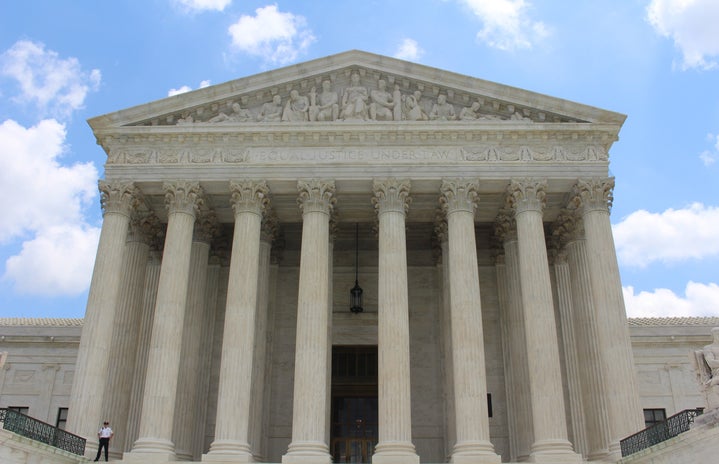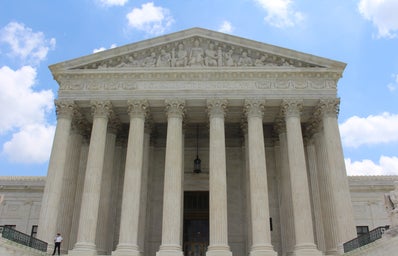In the United States, the federal Supreme Court has nine seats. The appointed justices are to serve life-long terms with the exception of being impeached. Recently, Justice Ruth Bader Ginsburg died on Sept. 18, 2020, due to complications of metastatic pancreatic cancer. The American people are not only mourning her death but are also focusing on what will happen next regarding the Supreme Court. Ginsburg’s seat will have to be filled — it’s just a matter of when.
This has sparked a debate about whether or not a justice should be selected before the upcoming presidential election and inauguration. And more people have started to question the number of seats the Supreme Court currently has. This topic of discussion is certainly not new, as people have argued that Congress and other institutions should also have more members.
So, what would happen if the number of Supreme Court seats could be increased? In order to best answer that question, it’s important to look at the reasoning behind it.
Back in 1789, Congress passed the Judiciary Act, which allowed six justices to make up the Supreme Court. Since then, the number of justices has changed five times before it was last set to nine seats in 1869. There have not been many official changes to the number of seats.
America’s population has increased rapidly since the country’s founding. During the late 1800s, the population was around 50 million. Then by the late 1900s, the population increased to around 200 million. As of 2020, the United States has over 330 million people.
Due to the increased population, some citizens are calling for an increased number of government officials, arguing that the current standard is outdated. They believe the number one priority should be the people and representing their values.
This argument doesn’t quite apply to the Supreme Court, since they don’t necessarily represent the people. Instead, they interpret the U.S. Constitution. However, the U.S. Supreme Court is the highest judicial court in the country. Due to the amount of power and impact it has, it would make sense to have the most qualified citizens be a part of this institution. With that being said, allowing only nine justices with lifetime terms seems unwise, especially with the amount of work needed to be done.
The Supreme Court is typically asked to review more than 7,000 cases each year, yet justices only hear around 100 of them. There are a variety of reasons for this. Some cases may not hold national importance or cases may be too similar to others.
With more justices on the Supreme Court, this could not only help with the workload but also could produce more efficient results. There’s a chance, however, that this would have the opposite effect due to the fact that people may disagree and would inadvertently slow the process down. The question would be: is it worth the increase in time for reviewing cases so the results would end up being fairer and more well-reasoned?
Another possibility would be that the selected justices might hold certain biases that would dominate Supreme Court decisions.
There is a recent precedent for expanding the size of courts. In Arizona, Gov. Doug Ducey got a law passed which increased the number of seats on the state Supreme Court. Now, there are now currently seven Supreme Court seats in Arizona. This has enabled Ducey to appoint right-wing candidates that fit his agenda.
Fair regulations should be put in place in order for the number of Supreme Court seats to be increased. These regulations should best benefit the people, instead of solely for one’s political agenda. True democracy should allow the people’s voices to truly be heard and represented.
Sources:
https://www.worldometers.info/world-population/us-population/


